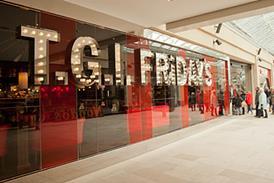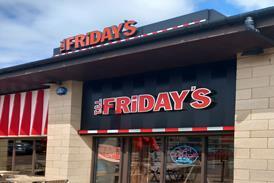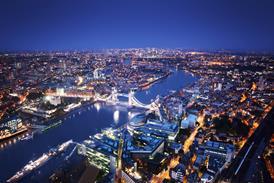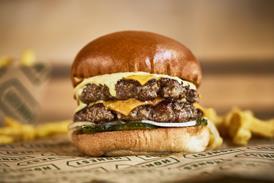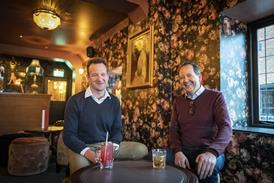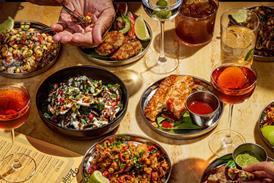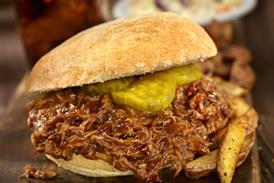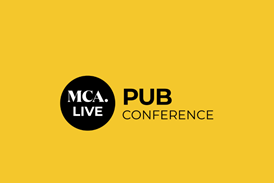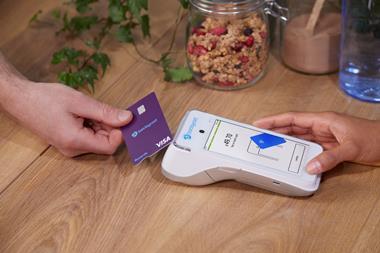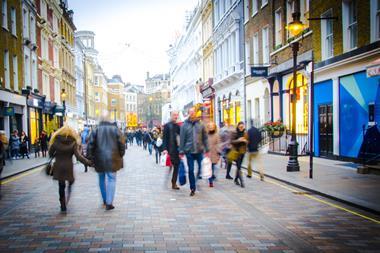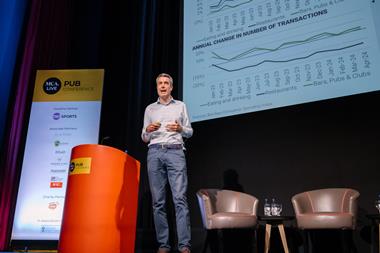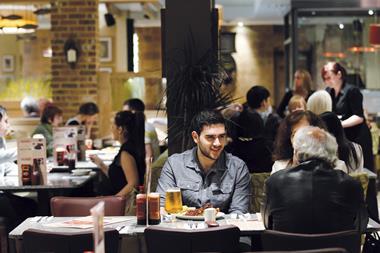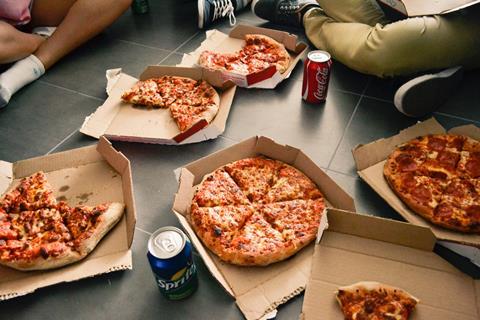
Consumers reined in spending on takeaways and fast food in May, with the category recording its first decline since May 2020.
A Barclays report shows that 44 % of people say they are reducing their discretionary spending, with 54% citing ordering takeaways as their number one cutback.
Over half, or 53% of these consumers are also cutting back on eating out at restaurants, with spending in this category seeing an even greater decline in May, of -15.7%, compared to a -13.1% decline in April.
On a more positive note, almost three in 10, or 28% of Brits say they will spend more when the weather improves this summer – a figure which rises to 39% for 18- to 34-year-olds.
Two fifths, or 39% of this group plan to spend more on food and drink for picnics, a while 34% say they’ll fork out on drinking and dining al fresco at pubs and restaurants, and 29% intend to buy barbeque supplies to host friends and family in the coming months.
Consumer card spending grew just 1% year-on-year in May, the smallest rise since February 2021 and significantly lower than the latest CPIH inflation rate of 3.0 per cent.
Resilient categories such as takeaways were knocked by rising household bills, while wet weather continued to cast a cloud over the high street.
However, consumers are feeling optimistic about the latest inflation figures, with 28% planning to spend more when the weather improves.
April’s price hikes on certain essentials and household bills – including council tax and broadband – have started to impact consumer confidence.
87% of people are worried about the impact of rising household bills on their personal finances, with increasing council tax, broadband and mobile costs, water bills, and dental costs among the top concerns.
Jack Meaning, Chief UK Economist at Barclays, said, ”The economic strength we saw in the first three months of the year was always expected to ease as we moved into the second quarter, with GDP having seen the extra bounce needed to recover the ground lost in last year’s recession.
”The underlying direction of travel remains though, with falling inflation, real income growth and low unemployment all pointing to a gradual acceleration in consumer spending over the next 12 months, especially as we begin to see the Bank of England reduce interest rates in H2.”


